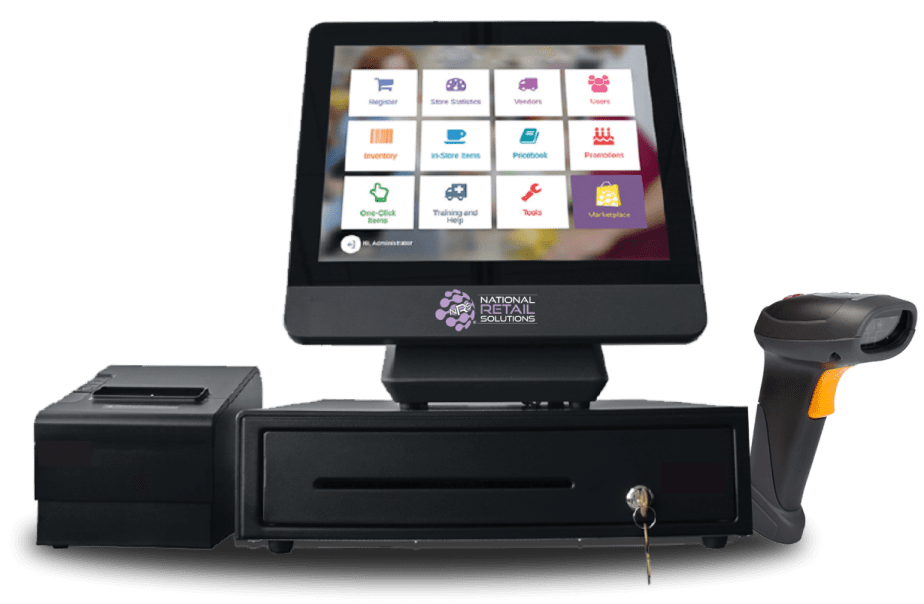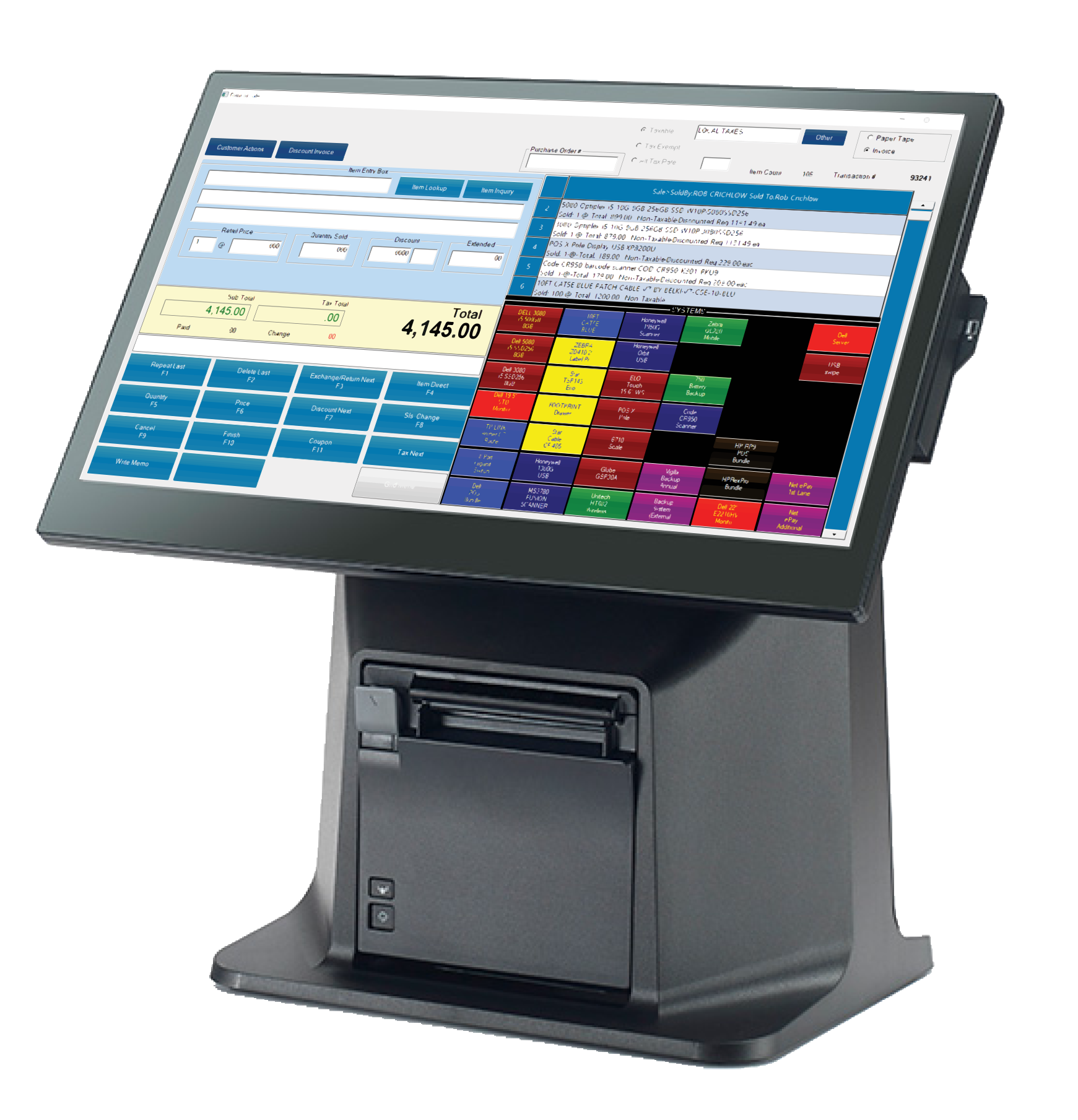Exactly How POS System Functions: A Comprehensive Guide for Organization Owners

Comprehending the Components of a POS System

Exactly How Sales Purchases Are Refined
When a customer decides to make an acquisition, the sales deal launches a series of organized steps within the POS system. The cashier inputs the products being purchased, which are checked via a barcode reader or manually gotten in. This action obtains item details, including rates and appropriate tax obligations, from the system's database.Next, the consumer exists with the complete quantity due. The POS system after that processes the repayment, whether via cash money, debt card, or mobile repayment approaches (Restaurant POS Software). For electronic settlements, the POS firmly connects with payment cpus to accredit and validate the transaction.Once the settlement is verified, the system creates a receipt, which can be published or sent electronically. This invoice functions as receipt for the client. Lastly, the deal information is videotaped in the system, guaranteeing exact sales records and monetary monitoring for the service
Stock Monitoring and Monitoring

Efficient inventory administration and monitoring are important parts of a POS system, as they ensure that businesses preserve excellent stock levels and minimize disparities. A robust POS system permits real-time inventory updates, showing returns and sales instantaneously. This makes it possible for company owner to keep track of supply levels properly, making certain that popular things are conveniently offered while preventing overstocking of less preferred products.Additionally, progressed POS systems provide functions such as automatic supply signals and reorder tips, improving the purchase procedure. Barcoding and RFID modern technology enhance precision in tracking inventory activity, decreasing human error. Substantial reporting tools provide insights into stock turn over prices, assisting companies make educated choices about buying and item offerings. Inevitably, effective supply monitoring through a POS system not only enhances functional effectiveness yet additionally boosts consumer fulfillment by making sure item schedule.
Assessing Customer Information and Insights
Client information analysis functions as a powerful device for organizations using a POS system (Restaurant POS Software). By gathering and analyzing deal data, organizations can discover useful insights regarding consumer actions and choices. This analysis enables them to recognize buying patterns, peak buying times, and preferred products, consequently notifying inventory choices and advertising strategies.Additionally, organizations can section their customer base, enabling personalized advertising and marketing initiatives that satisfy particular demographics or purchasing routines. Comprehending consumer loyalty patterns additionally aids in creating targeted incentives and promos programs.The data obtained from a POS system can also expose insights right into customer comments, allowing businesses to make enlightened decisions relating to item offerings and solution renovations. Ultimately, leveraging customer data efficiently can enhance the general shopping experience, foster client fulfillment, and drive revenue development
Advantages of Applying a POS System

Often Asked Inquiries
What Sorts Of Companies Can Take Advantage Of a POS System?
Different services gain from a POS system, consisting of retail shops, dining establishments, salons, and e-commerce platforms. These systems streamline purchases, inventory administration, and consumer data, enhancing operational performance and improving customer experience throughout varied sectors.
Exactly how Much Does a POS System Commonly Expense?
The price of a POS system usually varies from a few hundred to a number of thousand bucks, relying on functions, hardware, and software. Organizations need to take into consideration recurring costs for maintenance, transaction, and support processing when budgeting.
Can I Incorporate a POS System With Existing Software Program?
Incorporating a POS system with existing software application is typically feasible. Several systems use APIs or built-in compatibility features, permitting companies to streamline operations and boost functionality by linking numerous software applications properly.
What Training Is Required for Personnel to Use a POS System?
Training for personnel to make use of a POS system generally consists of understanding software program functionalities, processing deals, taking care of supply, and dealing with client communications. Practical demonstrations and hands-on session boost effectiveness and confidence being used the system successfully.
What Happens if the Web Drops While Utilizing a POS System?
If the internet drops during POS system use, purchases may be disrupted. Many systems provide offline capacities, allowing basic operations to proceed, yet full performance, consisting of real-time supply updates, will be limited. A Point of Sale (POS) system is made up of numerous key components that work together to take care of and promote deals service operations. Effective supply management and monitoring are important elements of a POS system, as they guarantee that businesses keep suitable supply levels and lessen inconsistencies. Consumer data evaluation offers more info as an effective tool for companies utilizing a POS system. Understanding consumer commitment patterns likewise helps in developing targeted benefits and promos programs.The data amassed from a POS system can additionally disclose understandings right into customer feedback, making it possible for services to make educated decisions relating to item offerings and solution renovations. Applying a POS system offers numerous benefits that can considerably boost organization procedures.